Who doesn't like bubbles? Nothing like bringing a tiny bit of happiness into the world.
Okay, this isn't exactly the absolutely most useful IoT device in the universe, but it's a fun idea that I've been thinking about doing for a while. The bubble machine itself is quite cheap and produces quite a few bubbles, but by itself is a pretty dumb device. I thought it would be fun to control it remotely and possibly also be triggered from something in it's environment. This projects solves the problem of occupying some spare time and getting more familiar with ESP8266. As far as this project being world-changing, I hope to inspire others to dust off some old objects sitting in the closet, make them more interesting, and learn a thing or two along the way. I plan to use an ESP8266 to control it. The project details section will be updated as the project develops.
All files fall under the GPL v3 license.
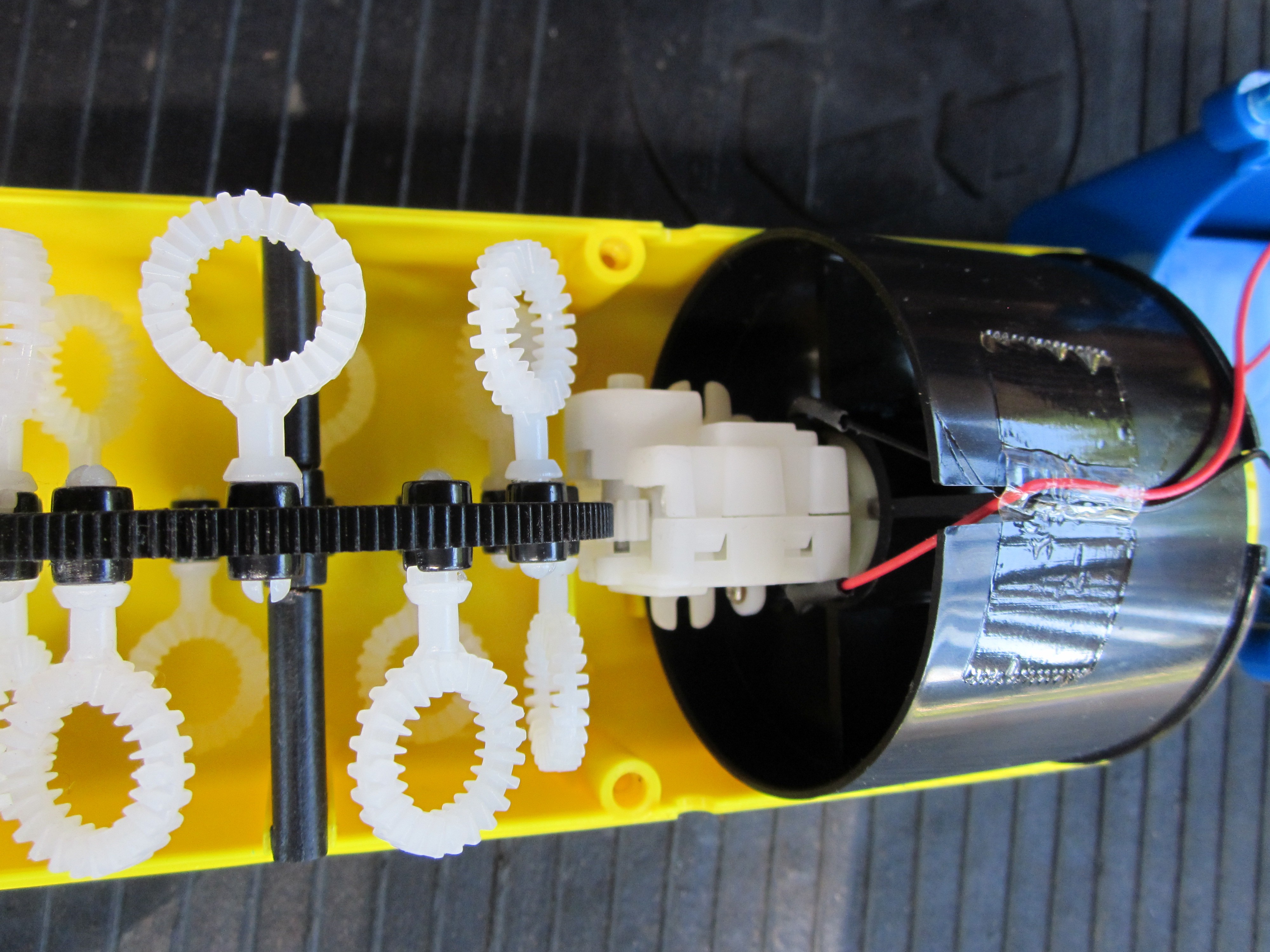
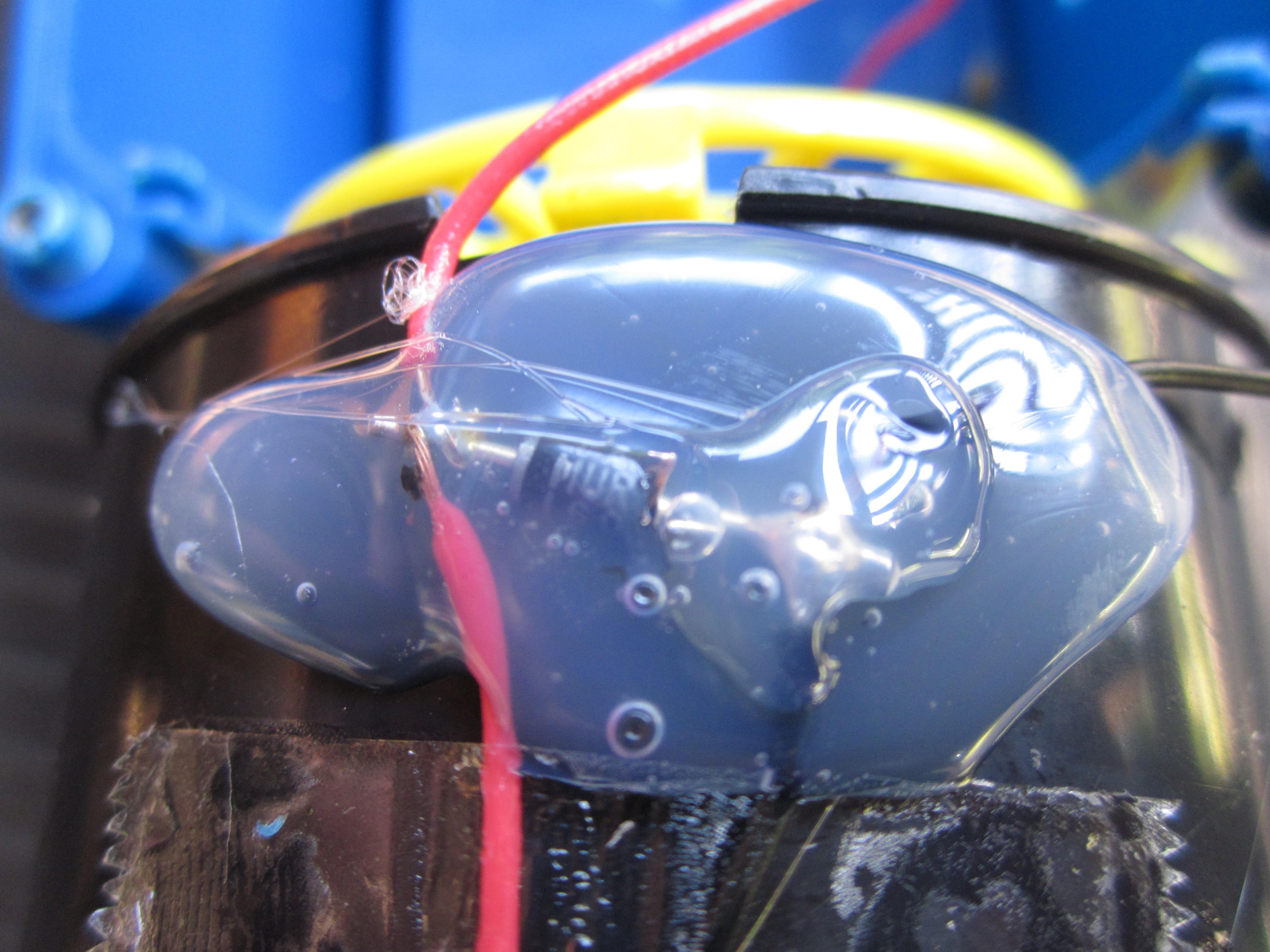
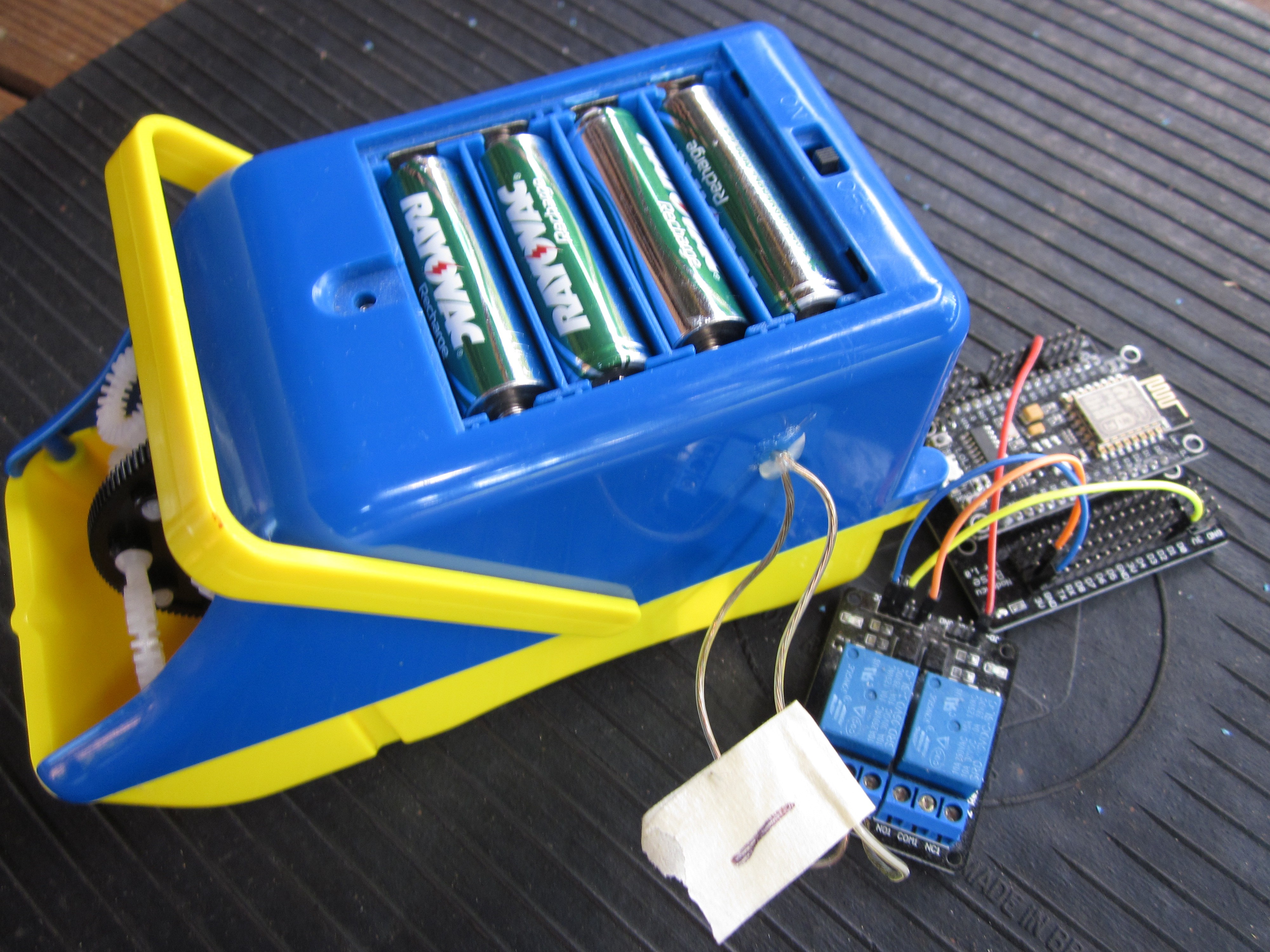
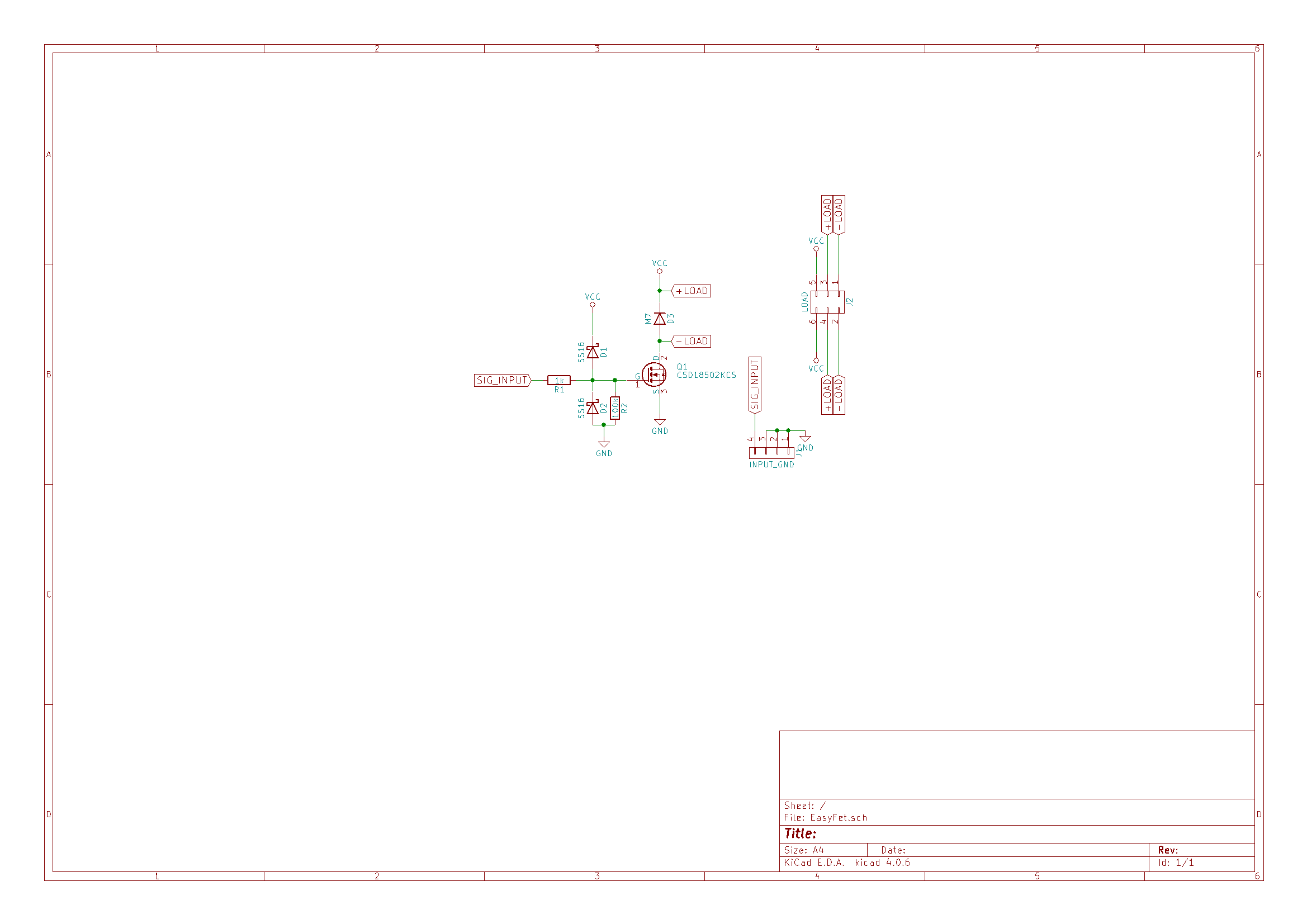
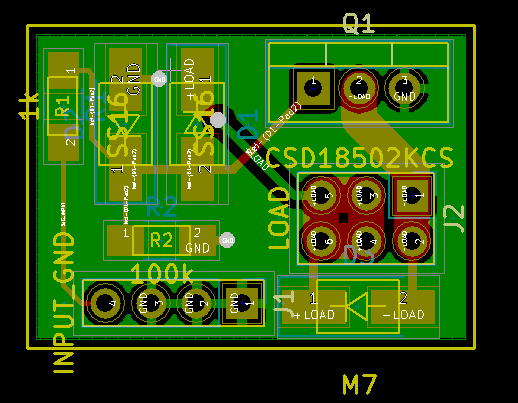
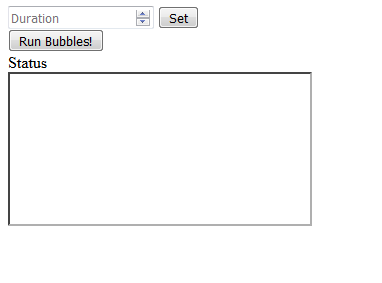
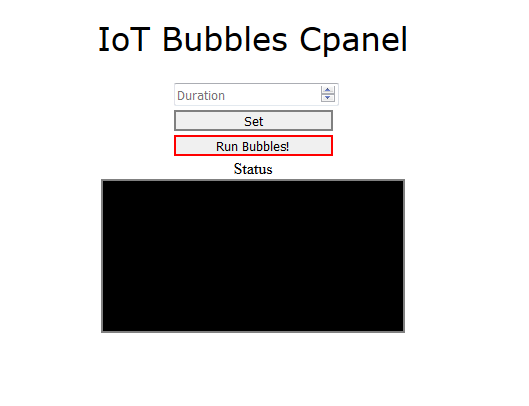
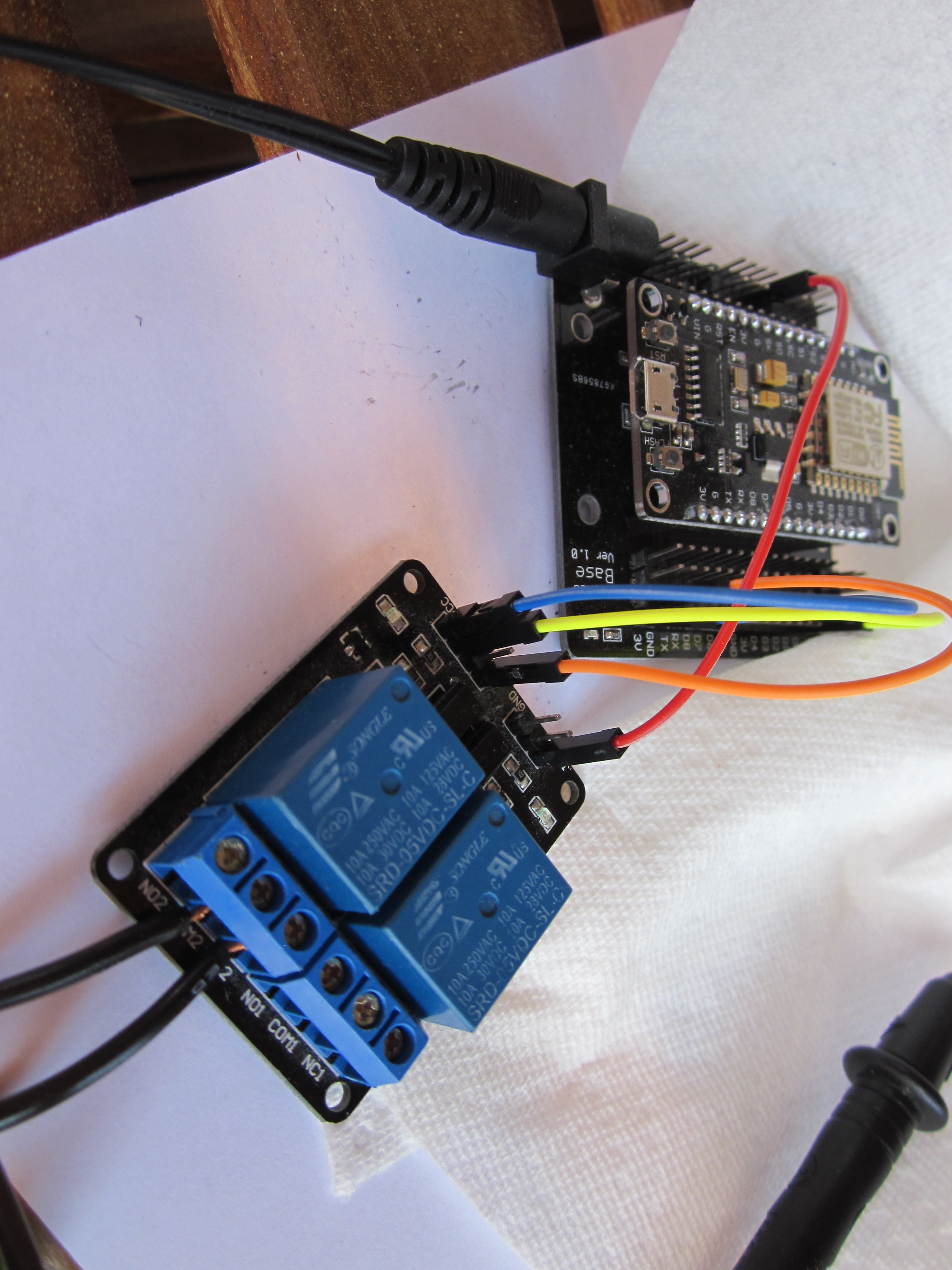

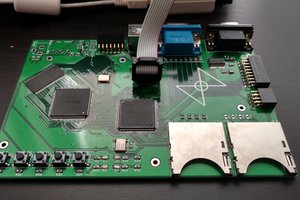
 john lemme
john lemme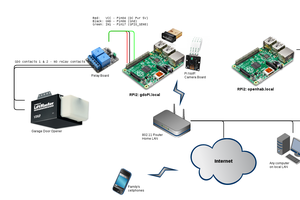
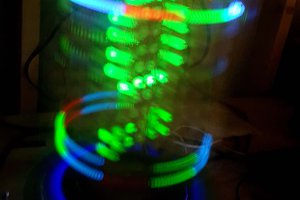
 Matthew James Bellafaire
Matthew James Bellafaire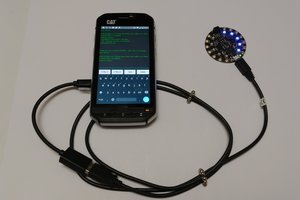
 foamyguy
foamyguy
You know, i'd actually make this.